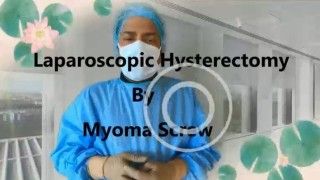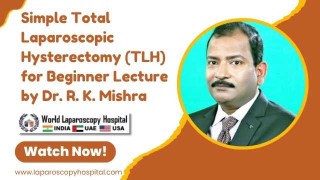Laparoscopic Sacrocolpopexy for Vault Prolapse
Add to
Share
2,019 views
Report
Description
Post-hysterectomy vaginal vault prolapse has a reported incidence of 0.36 to 3.6 per 1,000 woman years or a cumulative incidence of 0.5%. Laparoscopic sacrocolpopexy was first reported in 1994. Laparoscopic sacrocolpopexy has potential advantages over laparotomy, as morbidity, hospital stay, postoperative pain and recovery are all supposed to be less. Moreover, the aesthetic result is better after minimally invasive sacrocolpopexy. However, the laparoscopic approach is more challenging and the literature reports a long learning curve associated with this technique. More importantly, it is unknown if the laparoscopic mesh fixation to the promontory results in an equal anatomical outcome, as it has been stated that as part of the laparoscopic approach, the fixation point is higher, which could result in a more vertical position of the vagina.
Similar Videos






